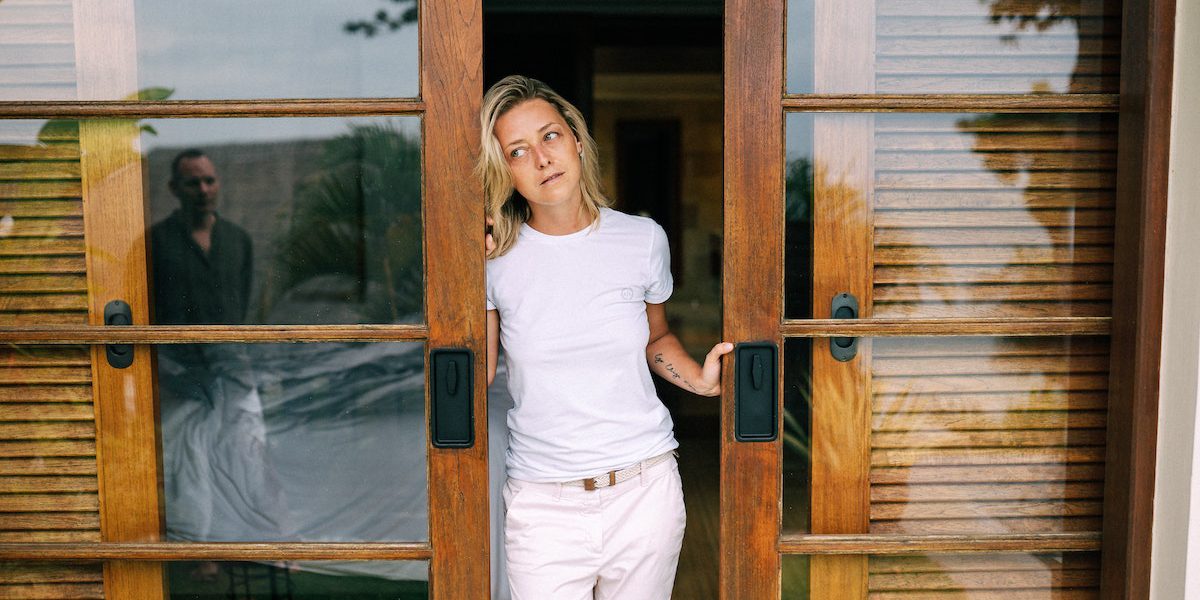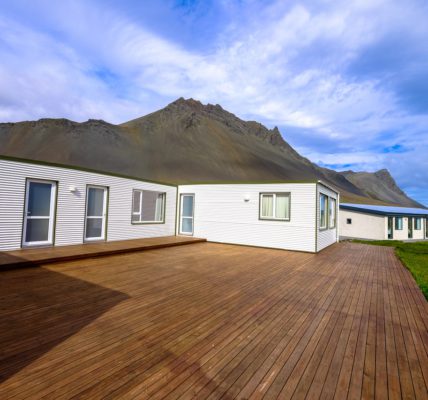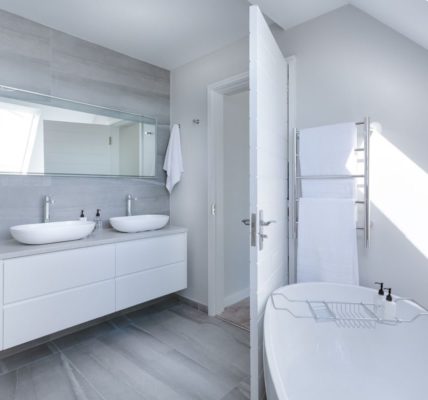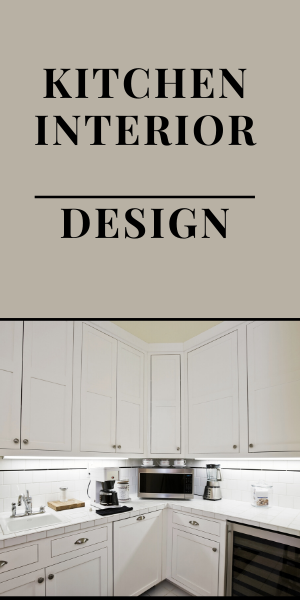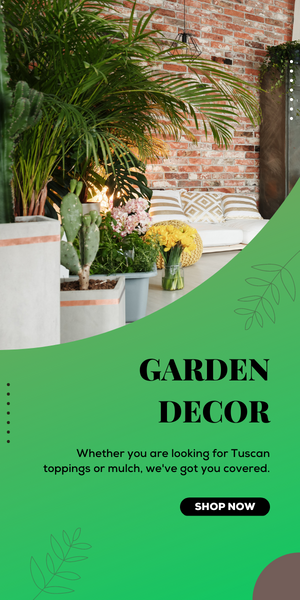Slide-glass doors were first introduced at the turn of the twentieth century, with some historians suggesting the doors were designed on a Japanese door called a Shoji, a sliding, translucent door suspended on a wooden frame. A step above Japan’s Fusuma, the slide glass doors patent was documented in 1930 by Gustav Ziehl, using a metal ball to slide rectangular pieces of glass onto an extrusion.
Then, in the late 20th century, panes of glass began to appear. The sliding glass, or patio, doors that we are familiar with today came about in the antebellum period in the early part of the 20th century. They were developed extensively before World War II began.
The modern sliding glass doors we know are inspired by Japanese Shoji, sliding doors used for dividing rooms and interior and exterior areas of a house or building. At the same time, modern floor to ceiling sliding doors as we know them are grounded in Japan, where Shoji (a door, room divider, or window) and Fusuma (vertical rectangular panels) are a staple of traditional architecture. Typically, sliding doors are large panes of glass extending from the floor to the ceiling, designed to maximize the amount of natural light available, making indoor and outdoor spaces accessible regardless of the weather.
A sliding glass door, or patio door, is a sliding door in architecture and buildings. It is a large, glass-enclosed window opening within the structure, providing access to a doorway from the interior to the outside, fresh air, and abundant natural light. These may also be opened out into the outdoor space, allowing for fresh air and natural light, and are typically opened horizontally, sliding a door parallel to a wall.
A traditional double-pane French door, in which both doors are operable, provides an option for an opening roughly double that of a double-pane sliding patio door. Placing this handy option between different rooms helps to create smaller spaces that can be used as more prominent spaces simply by sliding a sliding glass door open. The main reason why glass sliding doors have become so popular is that they allow an unobstructed view between one room and another or from one room to the outside.
While both styles of doors let in plenty of natural light, a soft close cavity slider may feature larger panes of glass, which lets in plenty of natural light while also providing an unobstructed view of the outdoors. As part of more extensive, energy-efficient plans, sliding glass doors are also more potent, more durable, and can incorporate double, single, or quadruple panes of glass. In addition, these doors typically have thicker glass than other types, making them stronger.
The locks on these doors are usually more robust than those on regular, non-sliding exterior doors. Slipping glass doors allow you to quickly get in and out of the eating area, bringing in meals and supplies for your patio, for instance, and sliding glass doors allow plenty of sunlight and light to come into a room.
Slide glass doors are versatile and offer utility to various buildings. Light-enabled spaces are becoming a sought-after commodity as businesses move away from enclosed spaces on commercial properties. Large sliding glass doors are also becoming increasingly popular in Mediterranean or coastal-style homes because they provide a sense of privacy and space between kitchens and living rooms, allowing plenty of natural light to enter a house.
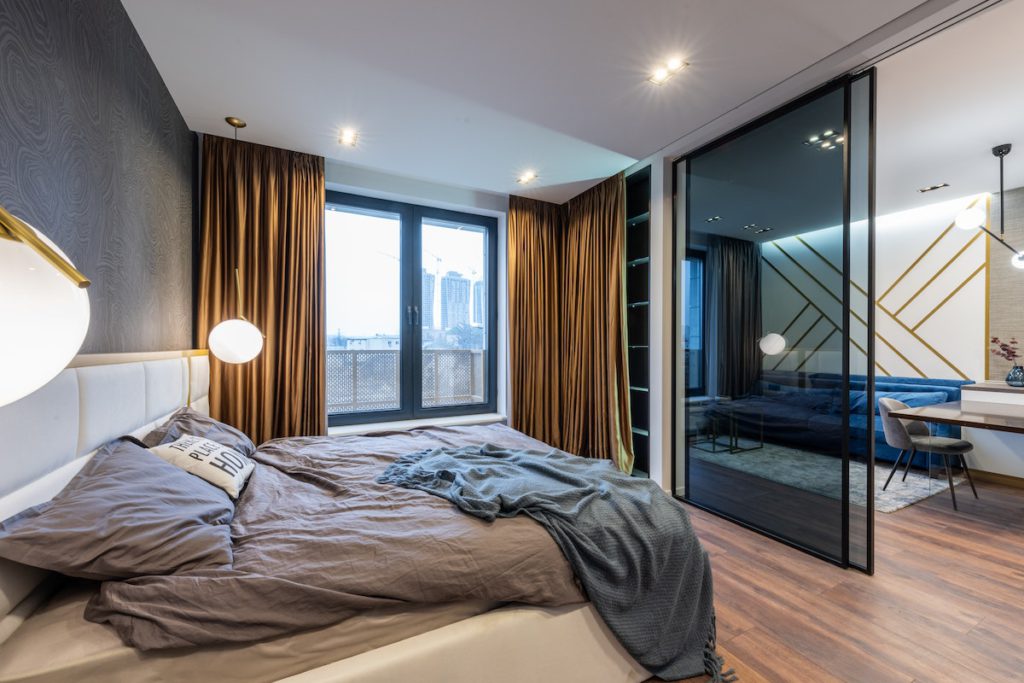
Plus, Monumental Windows and Doors Large sliding glass doors and moveable walls come in various sizes, making them an ideal addition to any room of your house. With our movable glass walls, you can relax, entertain, or enjoy your space.
In addition to the gas-filled in-glass, our sliding doors feature heavy-duty weather-stripping and an interlocking design that will ensure that the energy needed for cooling or heating the house is never wasted. Slide doors make sure that your home stays warm during winter and cool during summer. If installed correctly, sliding doors serve as weather-and-sound buffers, keeping dust, wind, and rain out of your home. If you wish to manage the lighting or increase privacy, built-in shades are a convenient, easy-care design feature available with sliding patio doors.
While most doors block, hinder or limit what you can see, glass walls let you see your whole space, making your area much less crowded.
Where space is becoming harder to come by, sliding doors instantly make your room bigger because they work without a hinge — they float on tracks rather than swinging open. The sliding door was one of the newer ones. As fibreglass threads began on a large scale in 1932, sliding doors became available in glass, often installed on the upper part. Glass doors were manufactured in World War II. Some sources indicate that glass sliding doors have become the most popular door type worldwide. Glass, a stable material, replaced less stable sliding door parts to provide longer life.
Romans enjoyed their glass and made windows from it, that eventually, just a few millennia later, they used it for doors.
Historians have suggested these doors were fashioned from Japanese doors called Shoji — sliding translucent doors suspended from wooden frames. The sliding doors’ translucent nature of the course means that it is possible to take in the landscape from the outside and make it into a living, changing canvas for the interior.

